Melusine, Medea, and Constance in Middle English Literature: Figures of Medieval Romance | 做自己 - 2024年10月

Melusine, Medea, and Constance in Middle English Literature: Figures of Medieval Romance
If woman was already considered a baser being in medieval English literary culture, then what explains the monstrous women--part-animal, or magically-empowered--who function as typical romance heroines? If the monstrous women simply dramatize the conventions of medieval misogyny, then why do so many of them found dynasties, establish empires, and fill the royal seats across Europe with their offspring? A closer look at the figures of Constance, Medea, and Melusine in 14th, 15th, and early 16th-century English narratives reveals how metaphorical female monstrosity functions as a critical lens that allows authors, and audiences, to reflect on and re-examine misogynistic conventions, patriarchal authority, and the romance formula itself. Arguing that the Middle English romance constructs new possibilities for fiction, this study uses recent scholarship on monster theory and medieval women to theorize the presence of these monstrous women in medieval romance, discovering how they trace the formulation of a distinct gender ideology and expose the flaws of a literary rhetoric that, in defining the female as Other to the normative male, makes women into monsters.
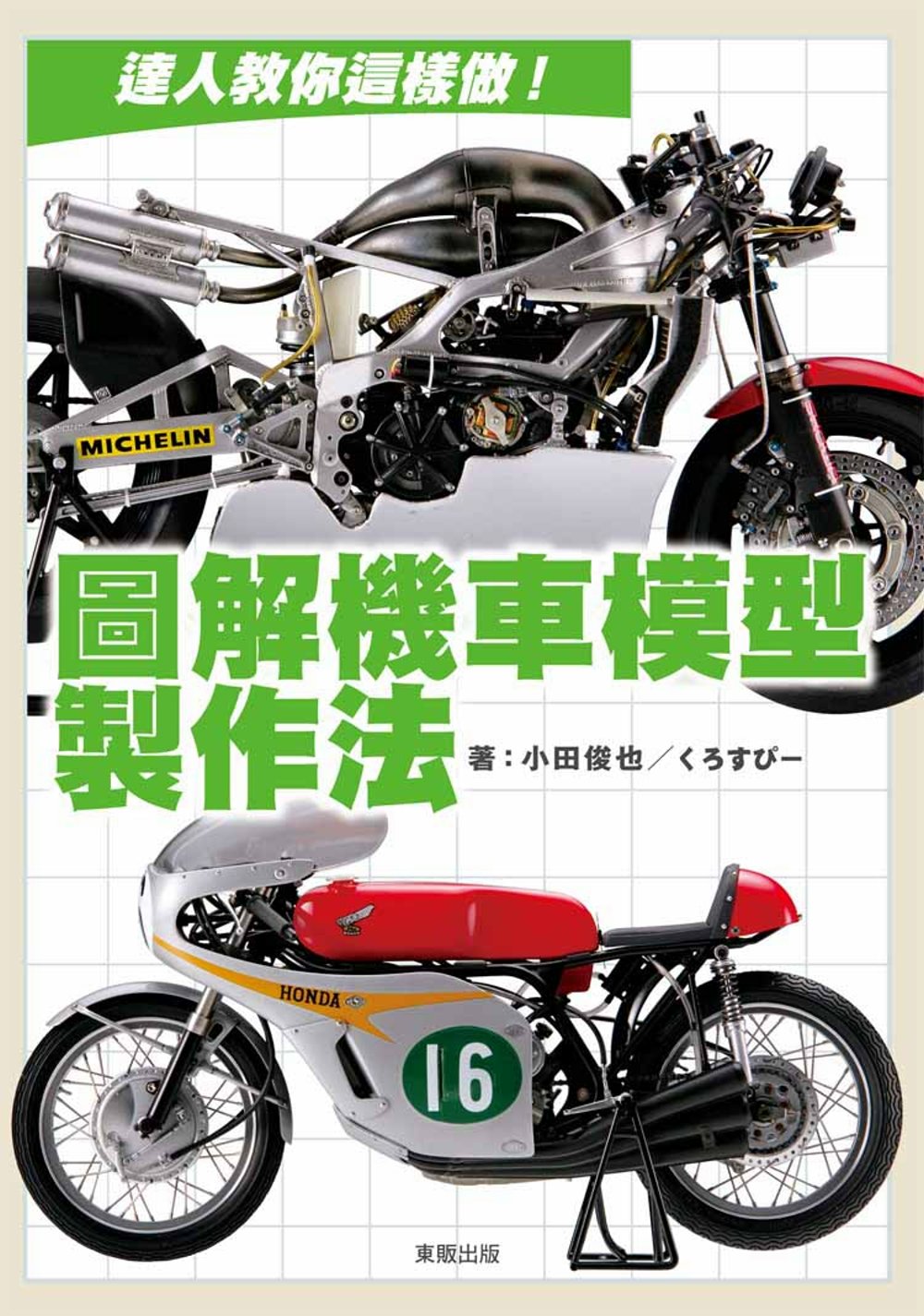 達人教你這樣做!:圖解機車模型製作法
達人教你這樣做!:圖解機車模型製作法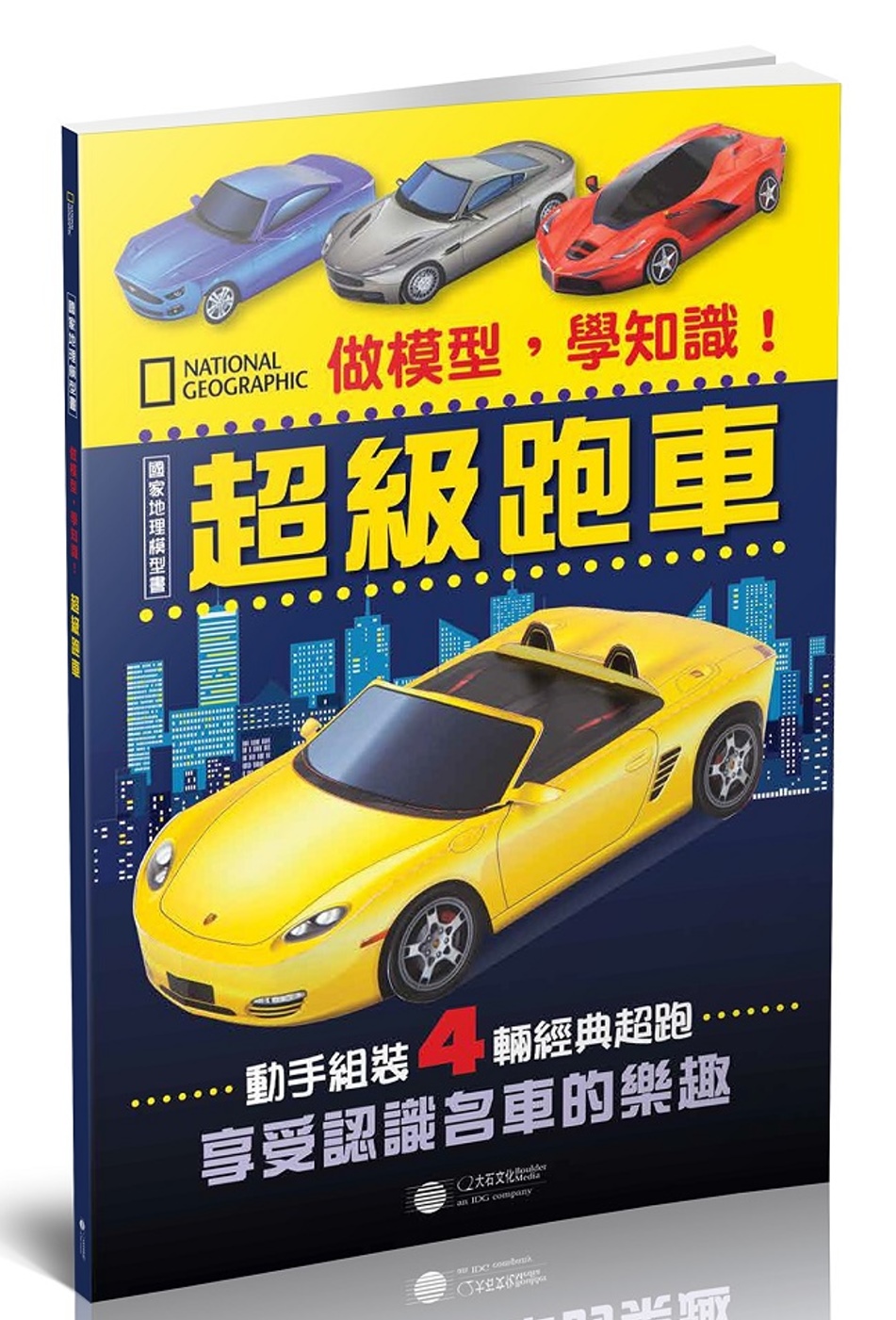 做模型,學知識!國家地理模型書:超級跑車
做模型,學知識!國家地理模型書:超級跑車 飛機模型製作教科書: 田宮1/48...
飛機模型製作教科書: 田宮1/48...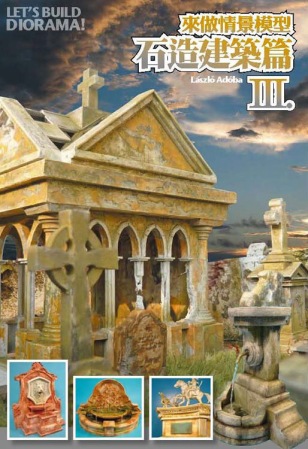 來做情景模型 Vol.3 石造建築篇
來做情景模型 Vol.3 石造建築篇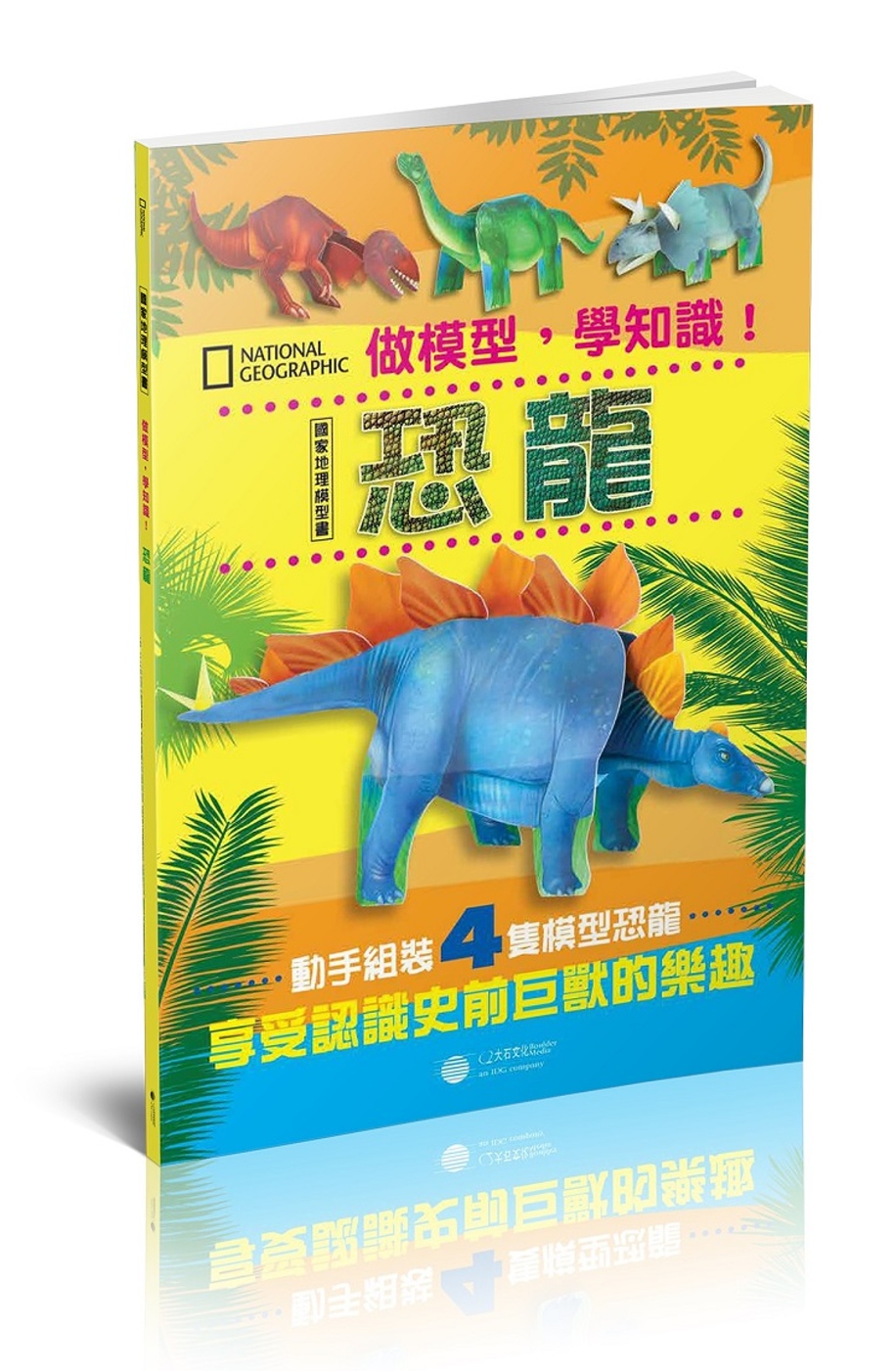 做模型,學知識!國家地理模型書:恐龍
做模型,學知識!國家地理模型書:恐龍 空箱職人傳授零食空盒模型密技
空箱職人傳授零食空盒模型密技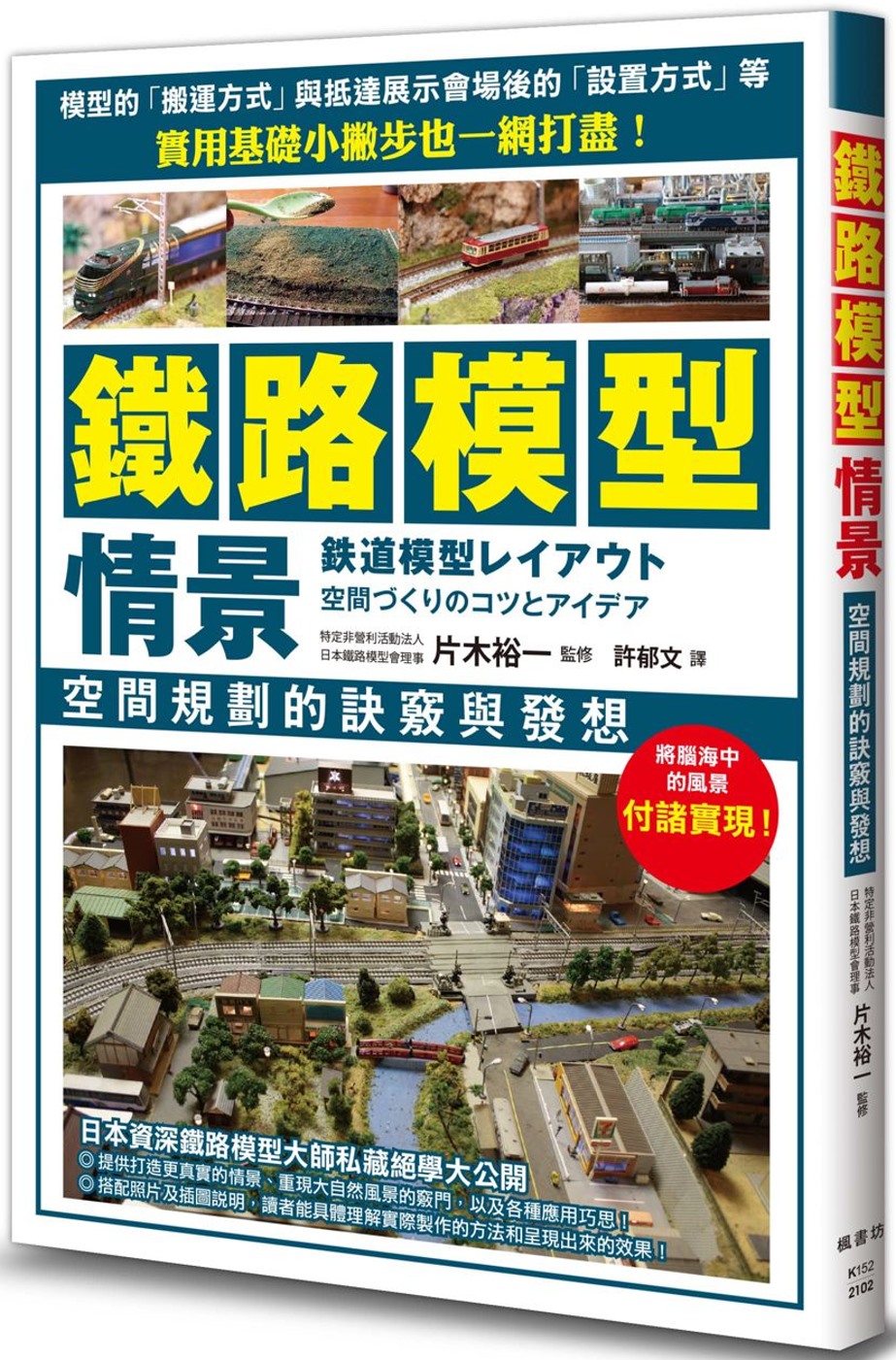 鐵路模型情景 空間規劃的訣竅與發想
鐵路模型情景 空間規劃的訣竅與發想 SD鋼彈三國傳 塑膠模型製作指南手冊
SD鋼彈三國傳 塑膠模型製作指南手冊 NOMOKEN2 野本憲一模型技術...
NOMOKEN2 野本憲一模型技術... 機動戰士鋼彈 鐵血孤兒 超 鐵血風...
機動戰士鋼彈 鐵血孤兒 超 鐵血風...